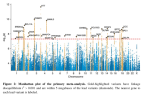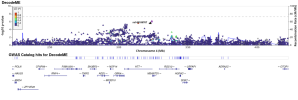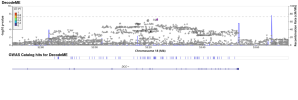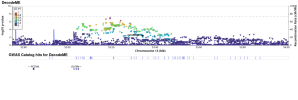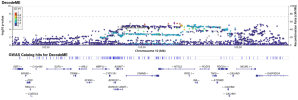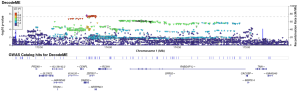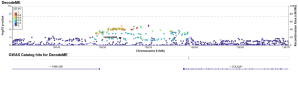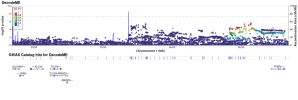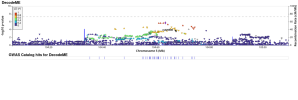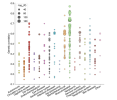Abstract
Fibromyalgia is a common and debilitating chronic pain syndrome of poorly understood etiology. Here, we conduct a multi-ancestry genome-wide association study meta-analysis across 2,563,755 individuals (54,629 cases and 2,509,126 controls) from 11 cohorts, identifying the first 26 risk loci for fibromyalgia. The strongest association was with a coding variant in HTT , the causal gene for Huntington's disease. Gene prioritization implicated the HTT regulator GPR52 , as well as diverse genes with neural roles, including CAMKV , DCC , DRD2 / NCAM1 , MDGA2 , and CELF4 . Fibromyalgia heritability was exclusively enriched within brain tissues and neural cell types. Fibromyalgia showed strong, positive genetic correlation with a wide range of chronic pain, psychiatric, and somatic disorders, including genetic correlations above 0.7 with low back pain, post-traumatic stress disorder and irritable bowel syndrome. Despite large sex differences in fibromyalgia prevalence, the genetic architecture of fibromyalgia was nearly identical between males and females. This work provides the first robust genetic evidence defining fibromyalgia as a central nervous system disorder, thereby establishing a biological framework for its complex pathophysiology and extensive clinical comorbidities.
The genetic architecture of fibromyalgia across 2.5 million individuals
Fibromyalgia is a common and debilitating chronic pain syndrome of poorly understood etiology. Here, we conduct a multi-ancestry genome-wide association study meta-analysis across 2,563,755 individuals (54,629 cases and 2,509,126 controls) from 11 cohorts, identifying the first 26 risk loci for...
Last edited by a moderator:

